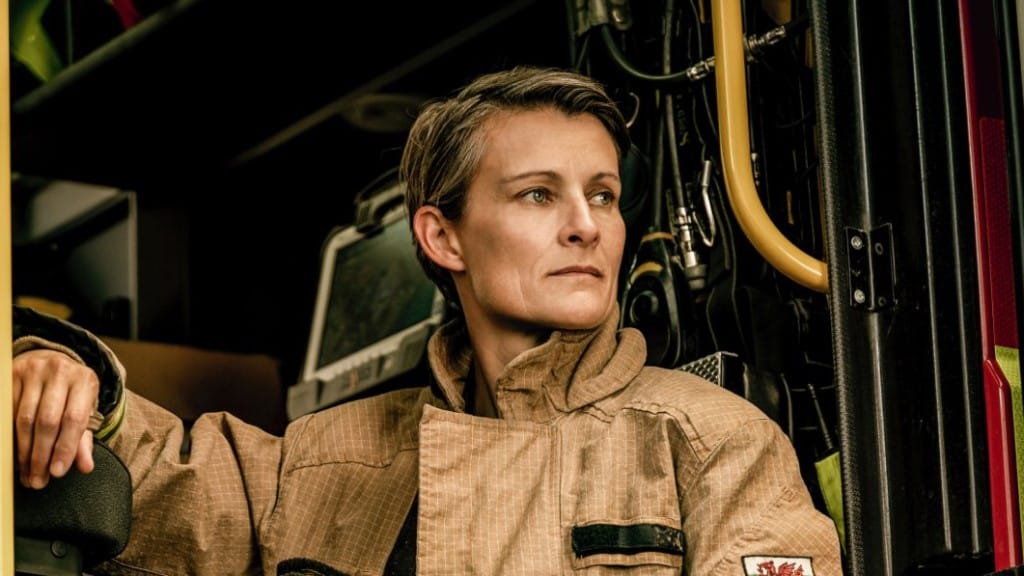IFSJ Influencer Insight: Georgina Gilbert, Antarctic Fire Angel
- December 28, 2023
- 10:57 am


Iain Hoey
Share this content
‘The disparity in equipment design, particularly in crucial industries like firefighting, underscores the need for inclusive design considerations.’
In today’s modern world, design inclusivity should be a standard, not a luxury. However, across various industries, there remains a gap between products designed for men and those tailored for women. This discrepancy is not just in sizing, but in the very foundational approach to the creation process.
Shackleton, an expedition clothing specialist, specifically designed by women for women, shines a spotlight on this ongoing issue. They’ve collaborated with explorers at various stages, from novices to seasoned professionals. This seems to be missing in the fire service arena right now, where clothing designed by women specifically for women is scarce.
Companies that supply fire protective clothing offer a wide variety of sizes, some even boasting over 90 different size categories. However, the origin of these sizing categories remains unclear. A common design practice, often referred to as “shrinking and pinking,” involves modifying a men’s product by making it smaller and colouring it in stereotypically female colours. This, in part, is true for fire protective clothing – typically men’s designs have been the basis for women’s designs, rather than the other way around.
For firefighters, this extends to the design of breathing apparatus sets as well. Some of these sets have straps that are too wide for many women’s shoulders meaning that many women find them uncomfortable or challenging to use. There needs to be a focus on design features that account for these differences. I’ve yet to hear of women’s firefighting equipment influencing the design of men’s equipment on a global scale.
There needs to be a shift in the industry. To achieve this, we need more women in STEM fields – science, technology, engineering, and maths. With more female participation in these areas, the next generation of equipment, such as fire kits or breathing apparatus, will be better suited for all.
Designs have historically been male-centric and later adjusted for women, rather than being truly inclusive from the outset. Looking forward, we should aim for more female representation in design teams. A comprehensive, perhaps even global, survey could help us better understand what women truly want and need in various equipment, from fire kits to other tools. For instance, the design of a chest strap on a breathing apparatus might be uncomfortable for many women. By addressing such specific needs, we can ensure a more inclusive future in equipment design.
The disparity in equipment design, particularly in crucial industries like firefighting, underscores the need for inclusive design considerations. It would be beneficial for designers to engage with fire service professionals, from rookies to veterans with decades of experience, to truly understand their needs and envision the future of equipment design. The aim should be to co-create and evolve design ensuring that they serve everyone.
About the IFSJ Influencer
Georgina Gilbert, a 20-year firefighting veteran and co-founder of the Antarctic Fire Angels, leads Wales’ WAFA team. Advocating for gender equality, she’s a triathlete for Great Britain, a mountaineer, ‘HeForShe’ spokesperson, and nominee for ‘Most Influential LGBT individual in Fire Service’ for her dedication to breaking career stereotypes.



